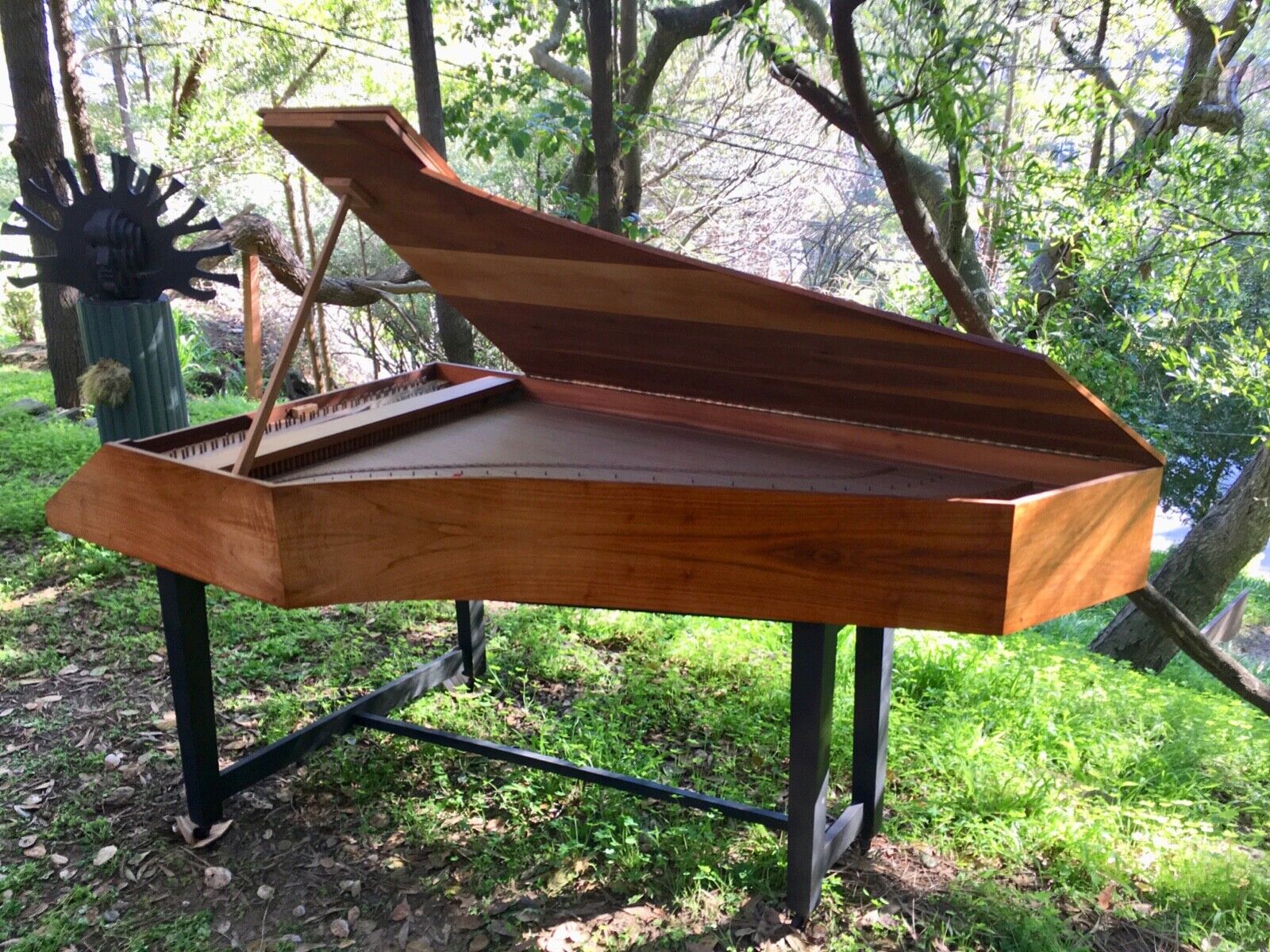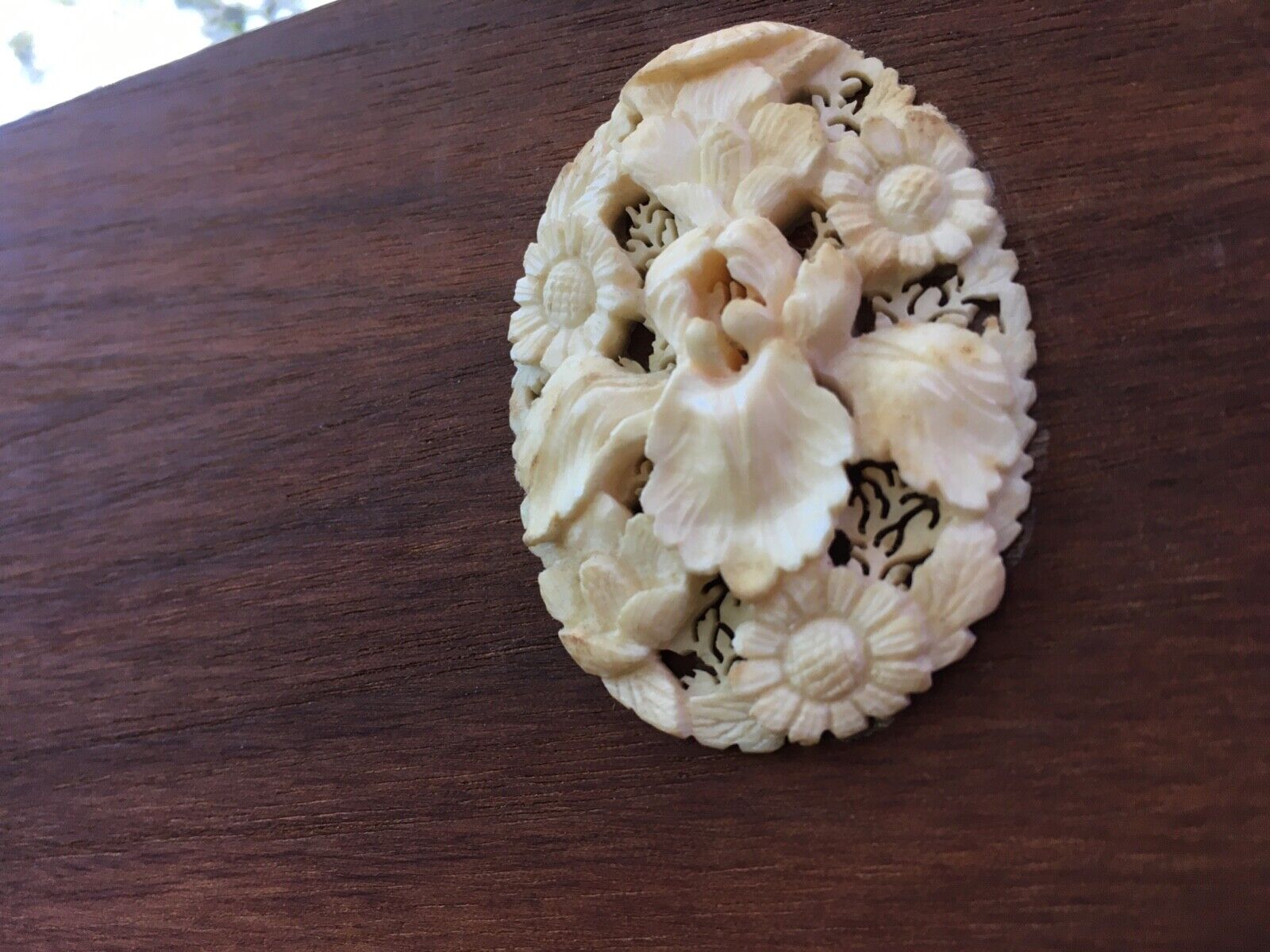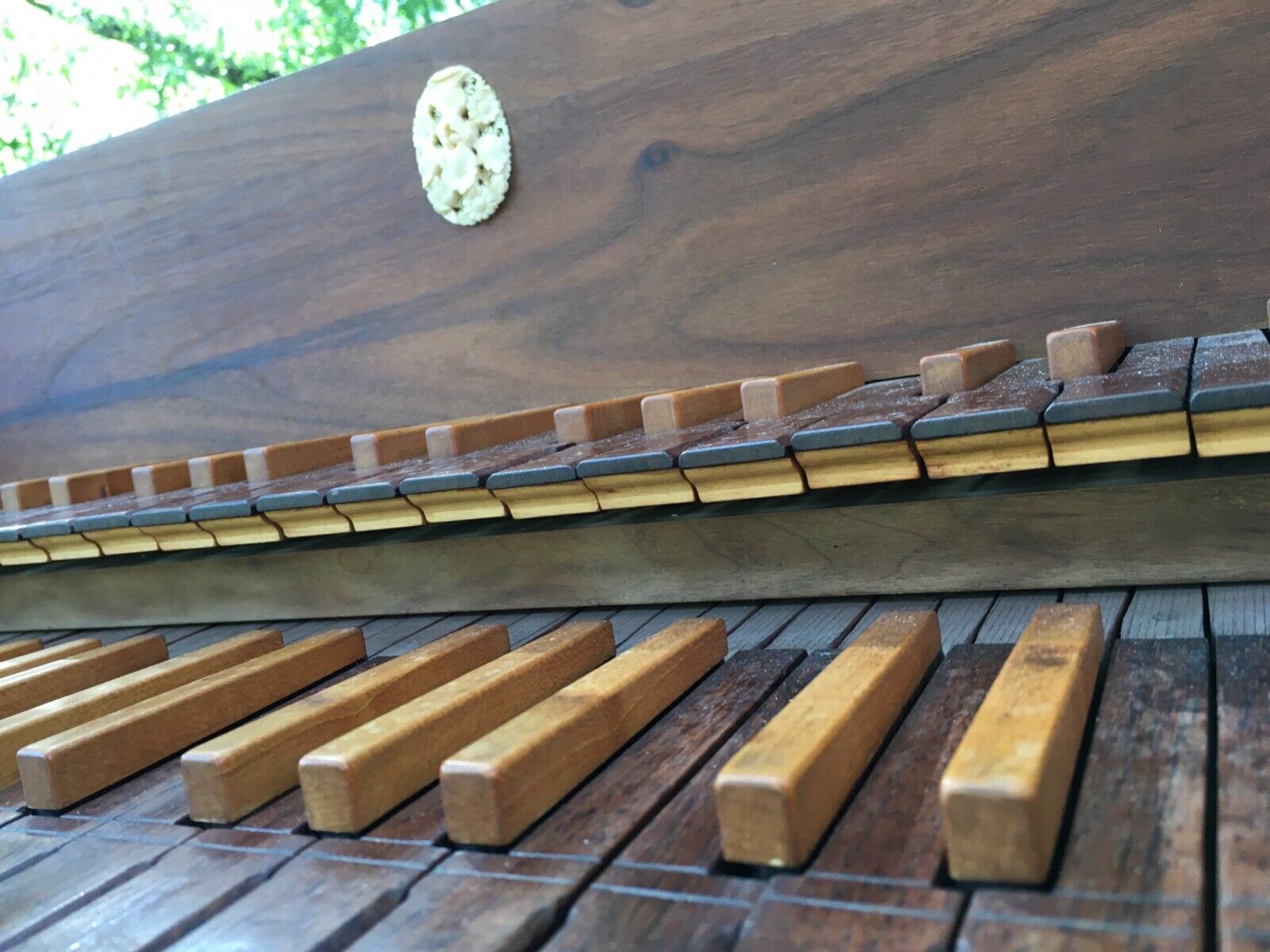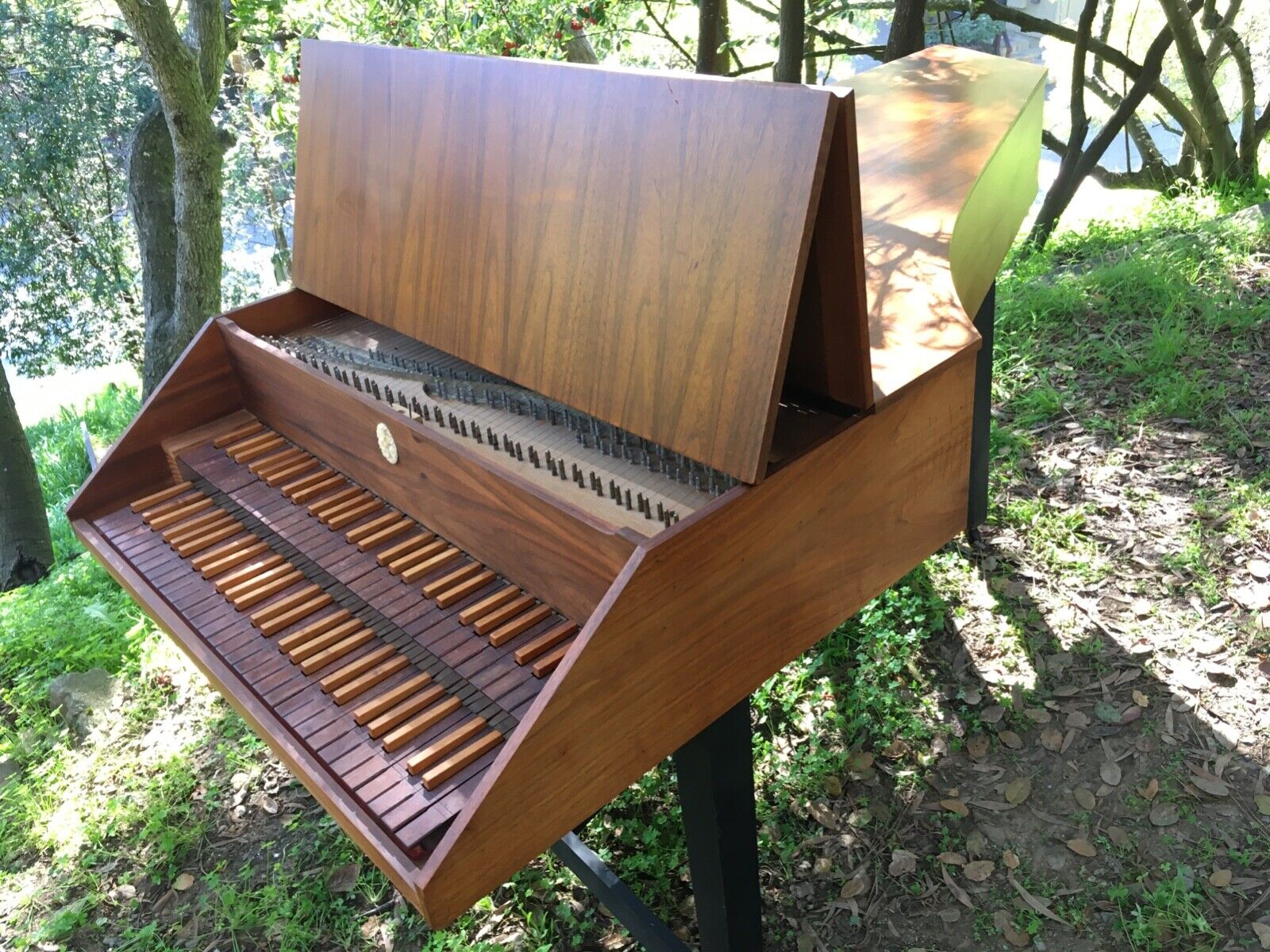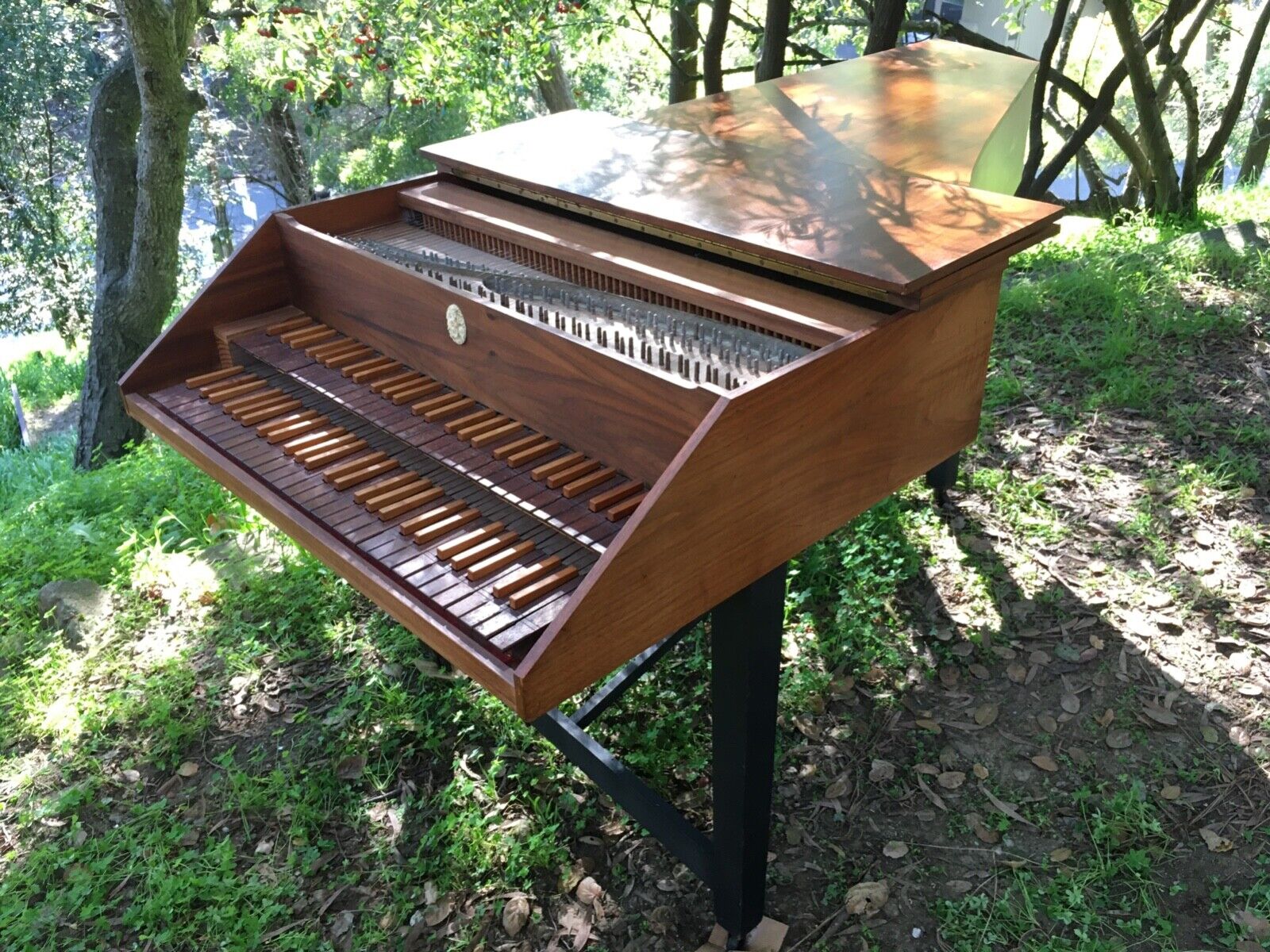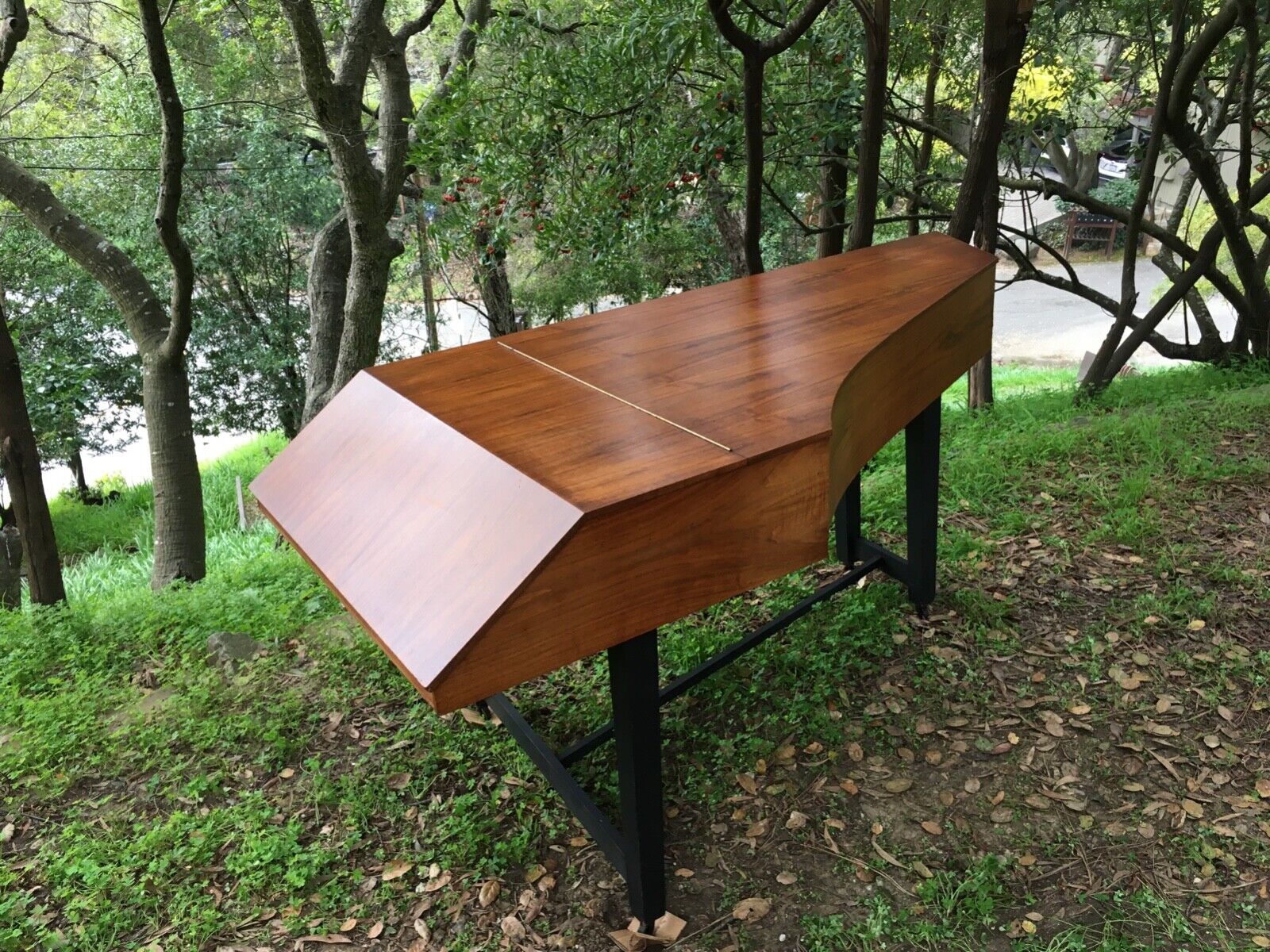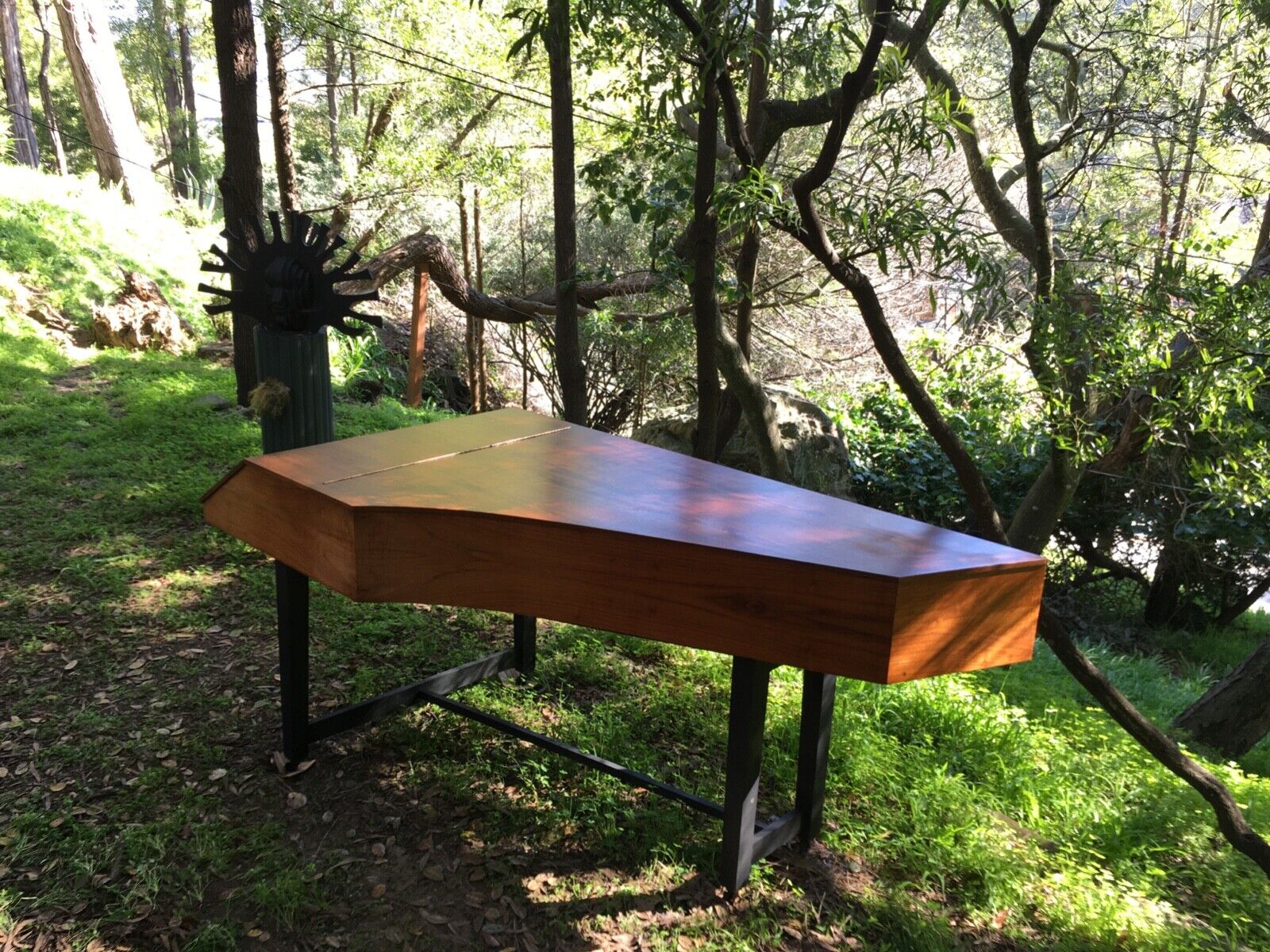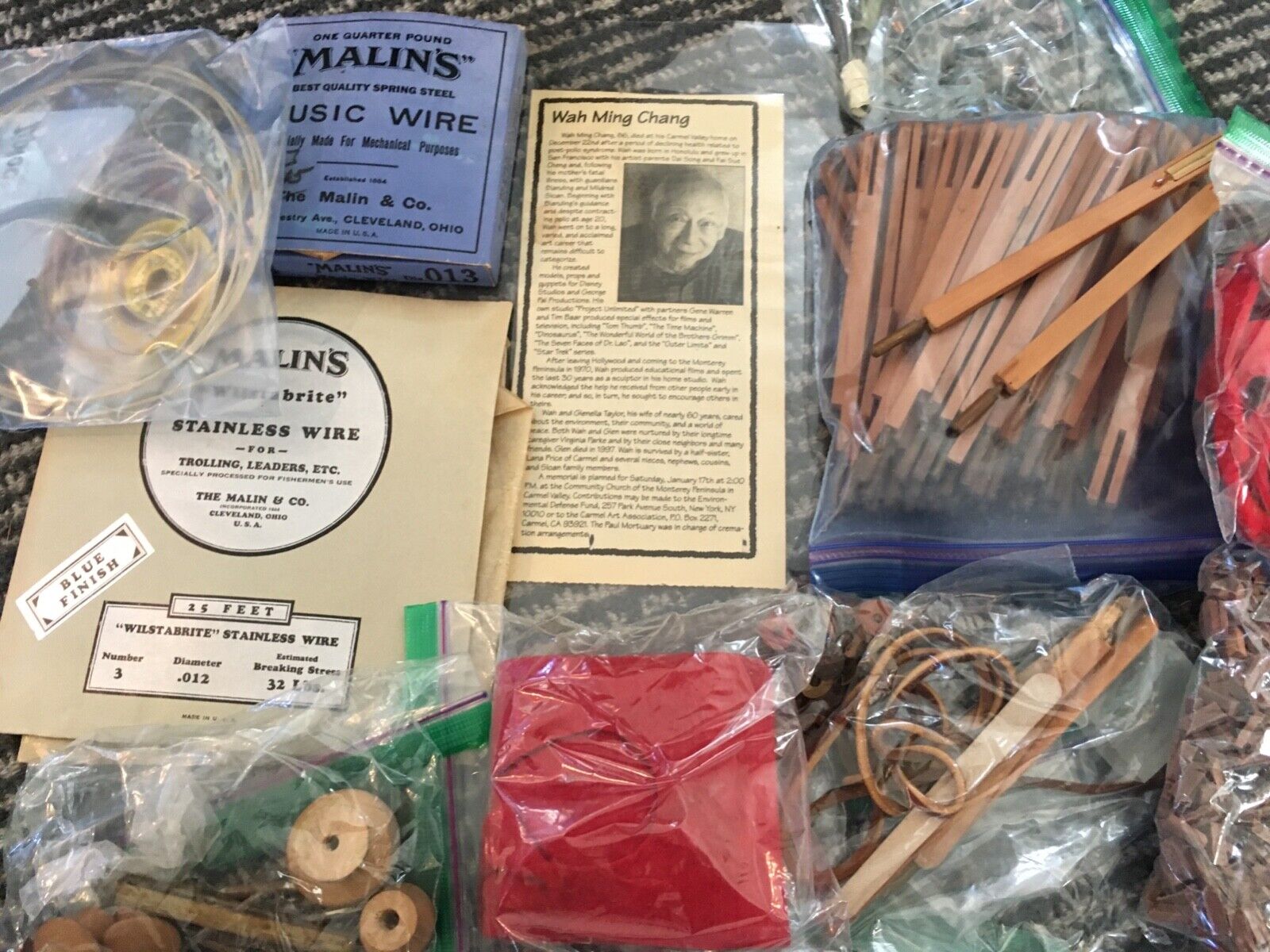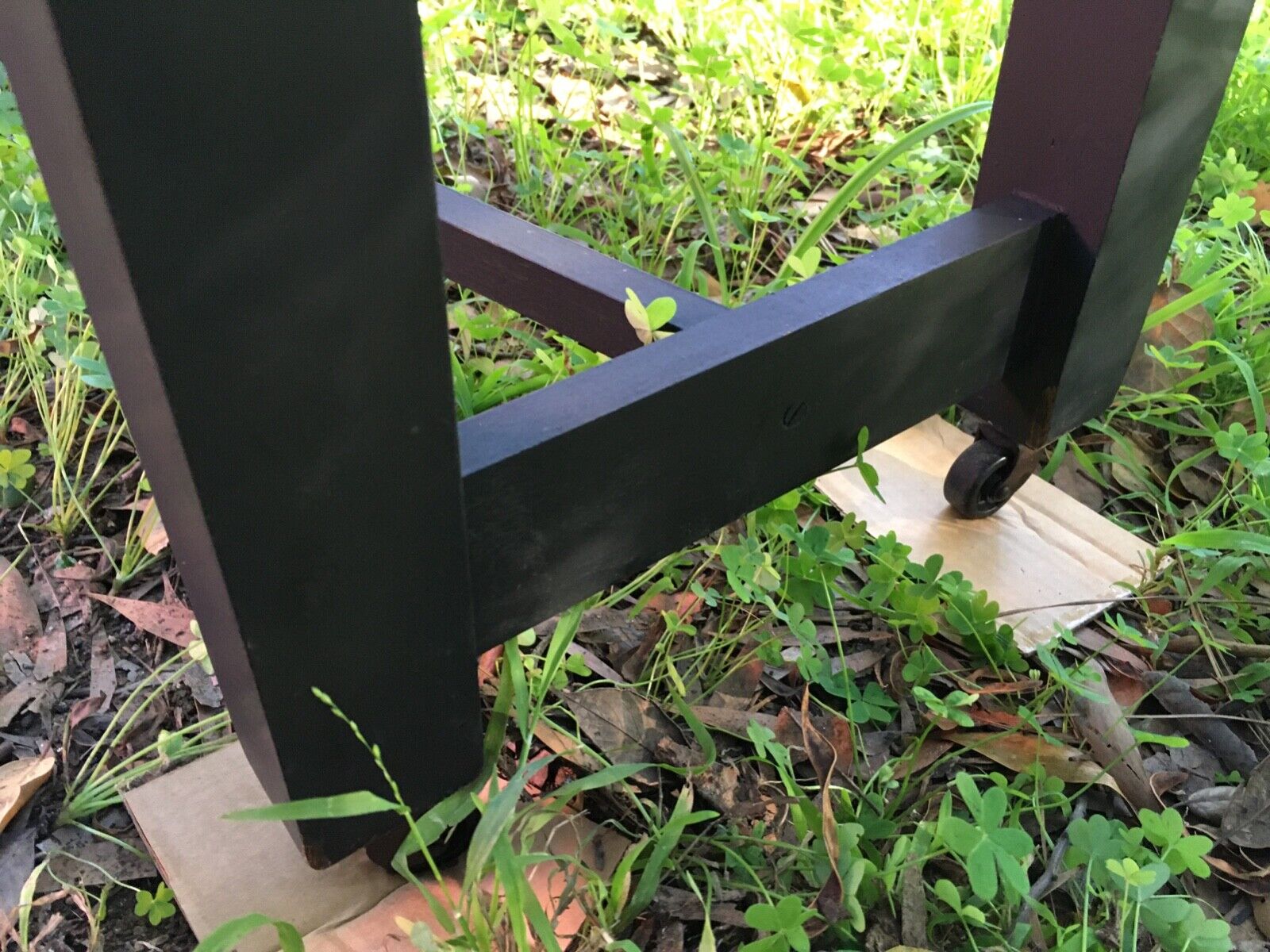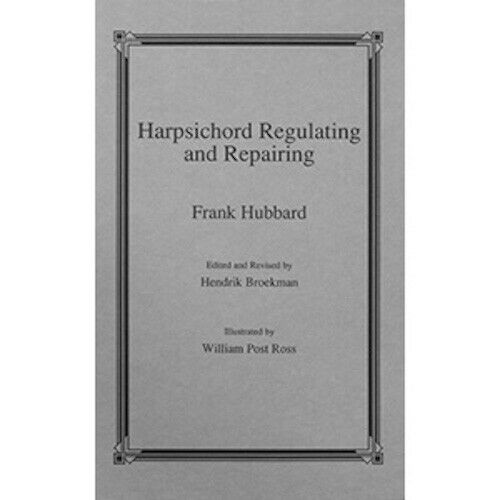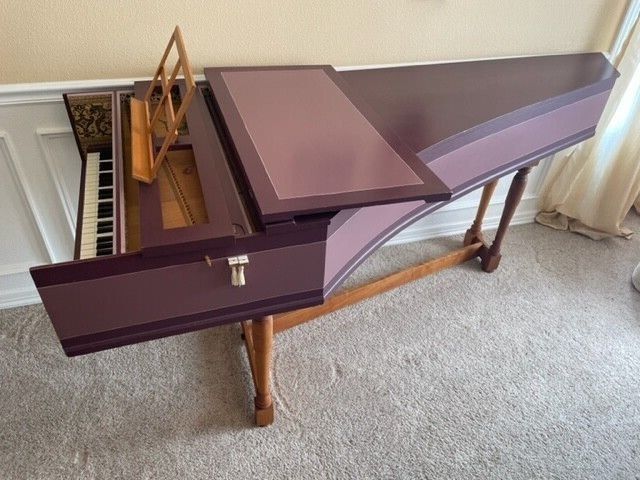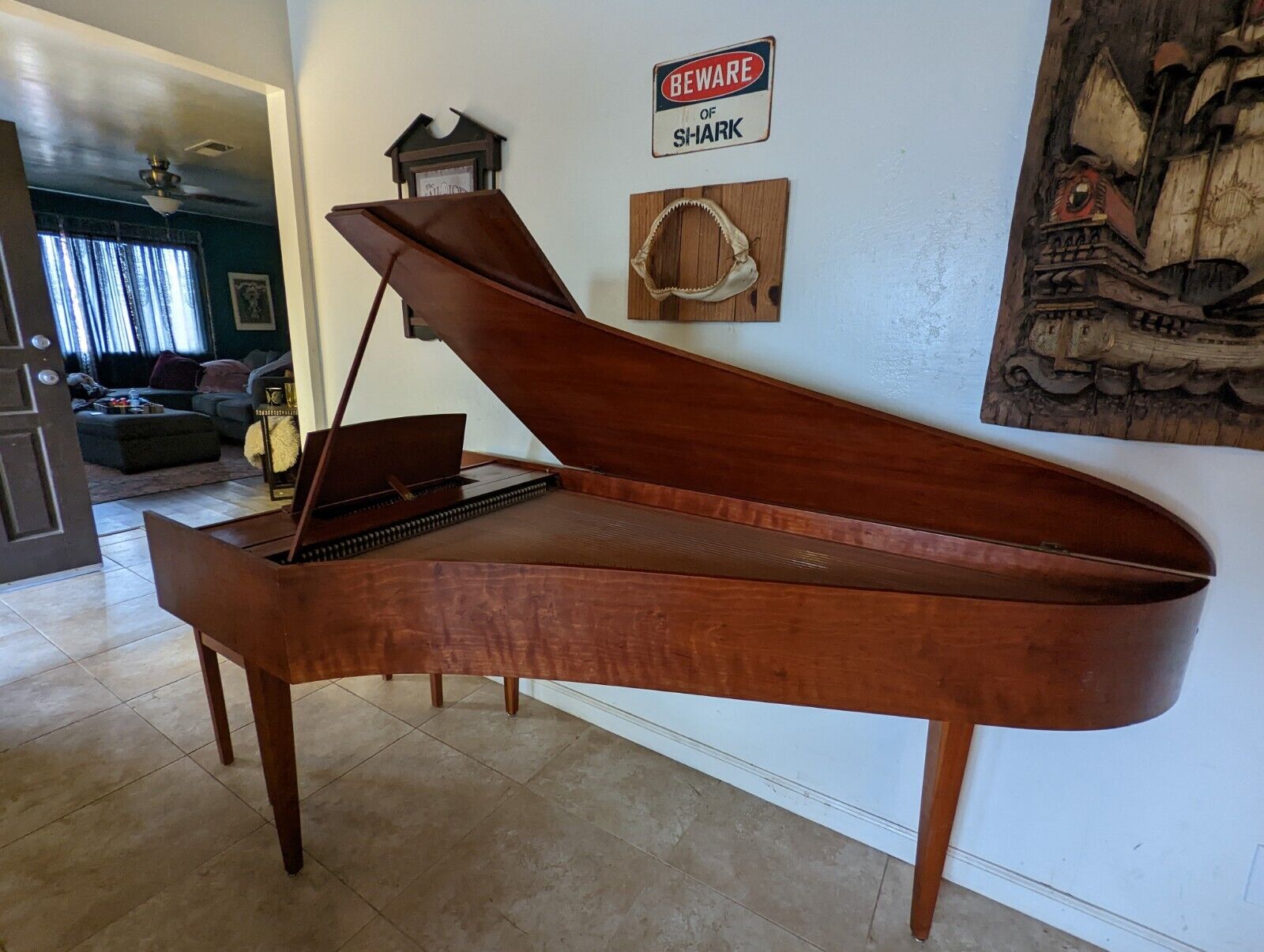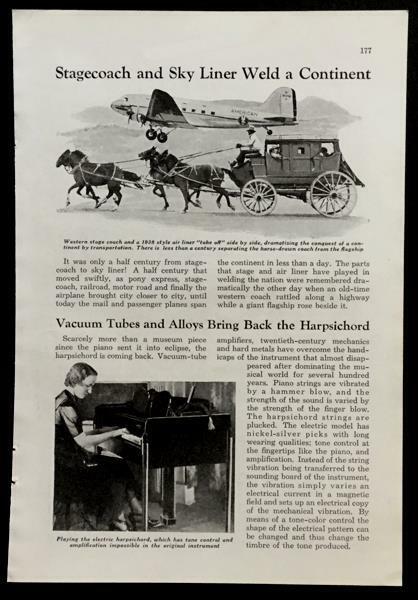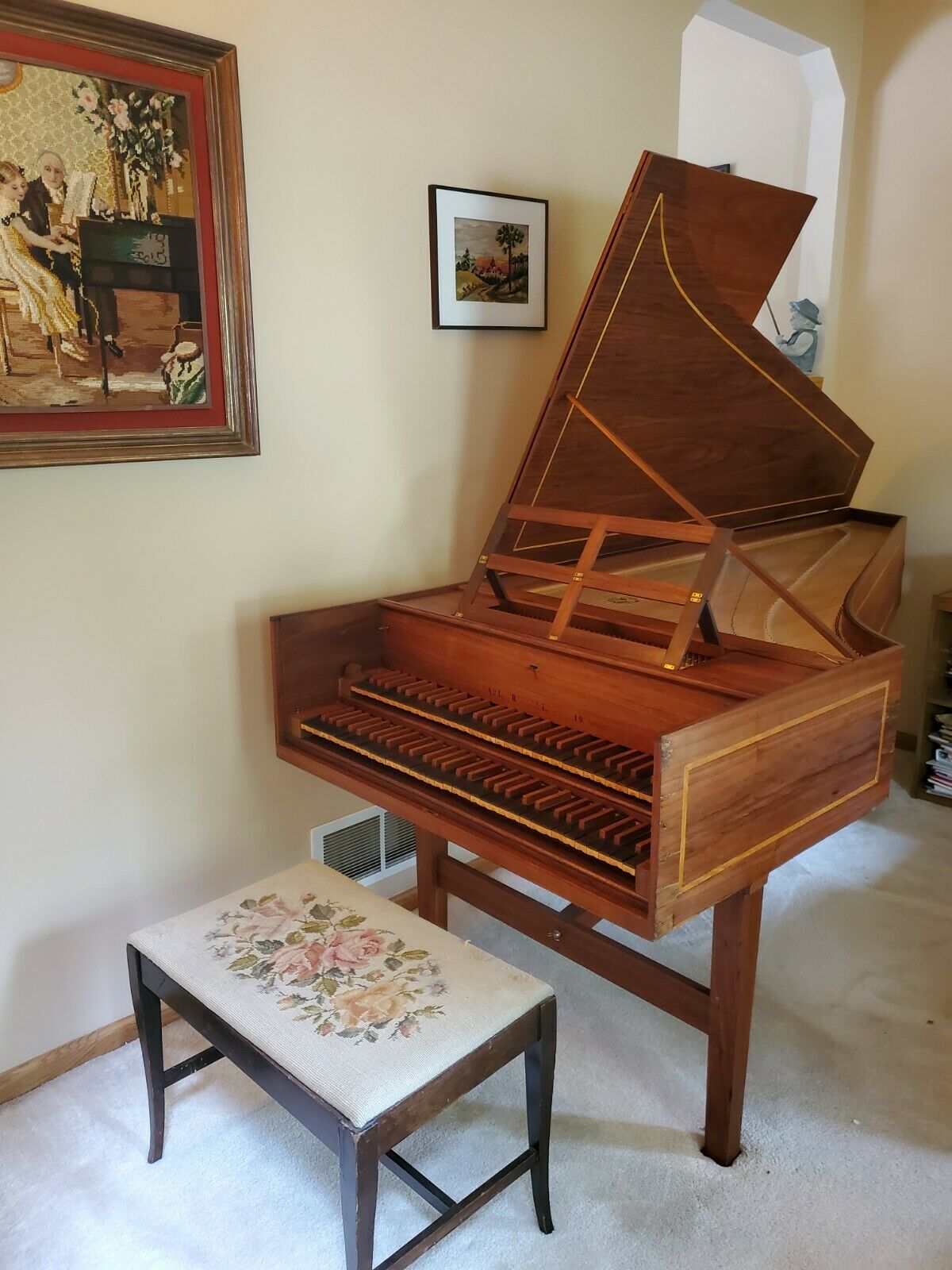-40%
Wah Chang Vulcan Piano Star Trek Mid Century Modern Harpsichord Walnut Sculpture
$ 2112
- Description
- Size Guide
Description
Wah Chang Vulcan Piano Star Trek Mid Century Modern Harpsichord WalnutWah Ming Chang walnut exquisitely crafted harpsichord, with keys of maple and wenge. Modern sculptural form with very fine detail.
Wah Chang was a Chinese-American designer, sculptor, and artist, known for his sculpture and the props he designed for Star Trek: The Original Series, including the tricorder and communicator and the Vulcan lyre, played by Spock and others.
Hand crafted in his studio in the 1970s.
77”L x 34.5”W x 34”H (base is on casters)
Weight is between 150- 200 lbs.
It is in excellent condition. A few somewhat sticky hammers. A few strings will need to be replaced and overall should be tuned.
Included are many spare parts - enough to keep this in playing condition for a lifetime.
Can be picked up or shipped freight.
For Star Trek, Chang built costumes for the salt vampire ("The Man Trap"), the Gorn ("Arena") and Balok's false image ("The Corbomite Maneuver"). He created tribbles by using artificial fur stuffed with foam, the Neanderthals in "The Galileo Seven", and the Romulan Bird of Prey ("Balance of Terror"), and the Vulcan harp first seen in "Charlie X" and later seen in "The Conscience of the King", "Amok Time", "The Way to Eden"; and Star Trek V: The Final Frontier.
Wah Ming Chang was one of the great unsung heroes of Star Trek. Few fans know his name, but everyone certainly knows his work: the phaser, the communicator, the tricorder, the Gorn, the first Romulan ship, the tribble, and the list goes on and on ...
Wah Chang was an artist, sculptor and animator who worked in Hollywood for decades and left his mark on many a classic film and TV show, though he often went uncredited. His work even won an Oscar for Special Effects — in 1961 for "The Time Machine" — but he is not formally listed among the recipients of that award due to the way in which the credits were submitted to the Academy.
His name was never seen in the credits of Star Trek but Wah Chang's role in Gene Roddenberry's vision of the future was significant. His first contribution came when he designed the prosthetic heads of the Talosians for the first pilot "The Cage." When early designs of the phaser were not acceptable to producer Robert Justman, he asked Chang to take a crack at it, and he delivered the perfect prop. Subsequently Chang agreed to design and create the tricorder and the communicator. In the biography "Wah Ming Chang: Artist and Master of Special Effects" by Gail Blasser Riley, Justman said, "Wah's work was always of the highest quality and very high creativity, and certainly he made it possible for us to do what we were doing on Star Trek. He made our jobs possible."
Chang continued to apply his skills to the show by making the iconic "Balock" effigy, the fake alien head in "The Corbomite Maneuver" that became the most common background image for the closing credits of the Original Series episodes. He also created the creature costumes for the M-113 "salt vampire" in "The Man Trap" and the Gorn in "Arena," along with the Taurus II humanoids in "The Galileo Seven."
Chang also designed the original Romulan bird-of-prey seen in "The Balance of Terror," which inspired future designs in Star Trek: The Next Generation and was re-envisioned in the Enterprise episode "Minefield." Certainly one of his most popular creations is the tribble, which — inspired by David Gerrold's script for "The Trouble With Tribbles" — he made using artificial fur stuffed with foam.
From the time he could first pick up something to draw with, Wah Chang was a prodigy. Born in Honolulu in 1917, Chang moved with his family in the early 1920s to San Francisco, where they ran the Ho Ho Tea Room, a hangout for bohemian artists. Encouraged by his artistic mother, Wah began demonstrating his artistic abilities at a very early age, and his drawings were displayed in the tea room. Well-known artist Blanding Sloan, a regular customer, took an interest in the child's abilities and became his mentor. By the age of nine Wah had his own show at a downtown San Francisco art gallery and had become a local celebrity.
After Chang's mother died, he moved with Sloan and his wife to their Hollywood home and started creating film sets for the Hollywood Bowl at the age of 16. At 21, Chang started working for Disney, where he was the youngest member of the studio's Effects and Model Department. There he created wooden models of Pinocchio and Bambi for use by Disney animators to study body movements for those films. His life nearly ended tragically about a year and a half after he started with Disney, when Chang developed polio. He was paralyzed for a time, but managed to recover and began walking again after a year of rehabilitation.
After several years of producing educational films, Chang partnered up with Gene Warren in 1956 to start Project Unlimited Inc., the company through which they would produce some of their best-known work, including the special effects for "The Time Machine." Chang's association with Bob Justman began on the popular 1960s series The Outer Limits, for which he designed many monsters and special effects. In the episode "The Architects of Fear," Chang's creature was considered so horrifying that it was never shown on the screen in full, and viewers only got to see a bit of an arm or a leg at a time.
Other projects Chang contributed masks, props, special effects and animation to during his career, either independently or with Warren, included "Planet of the Apes," "The Seven Faces of Dr. Lao," "Spartacus," "The King and I" and "Cleopatra," for which he made Elizabeth Taylor's headdress. He sculpted the head of the first Pillsbury Doughboy (actually a series of them for animating) and contributed to many other familiar commercials. Later in life Chang retired with his wife Glennella to northern California where he concentrated on creating wildlife sculptures. In 1987 cartoonist Hank Ketcham commissioned Chang to sculpt a life-size bronze statue of his creation Dennis the Menace that graces the park that bears the character's name in Monterey. Similar to George Nakashima designs.
